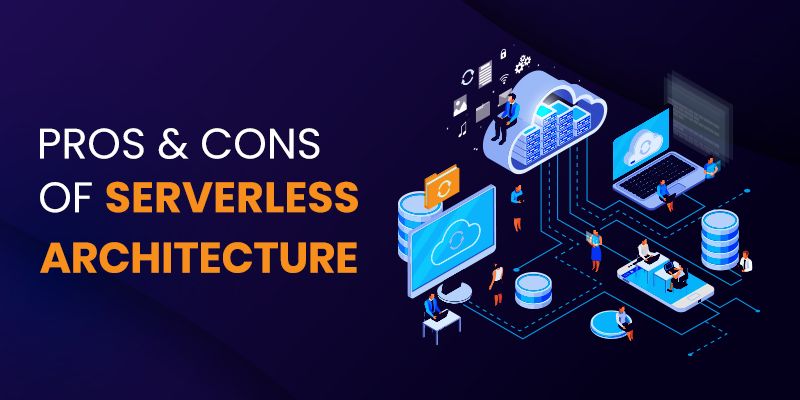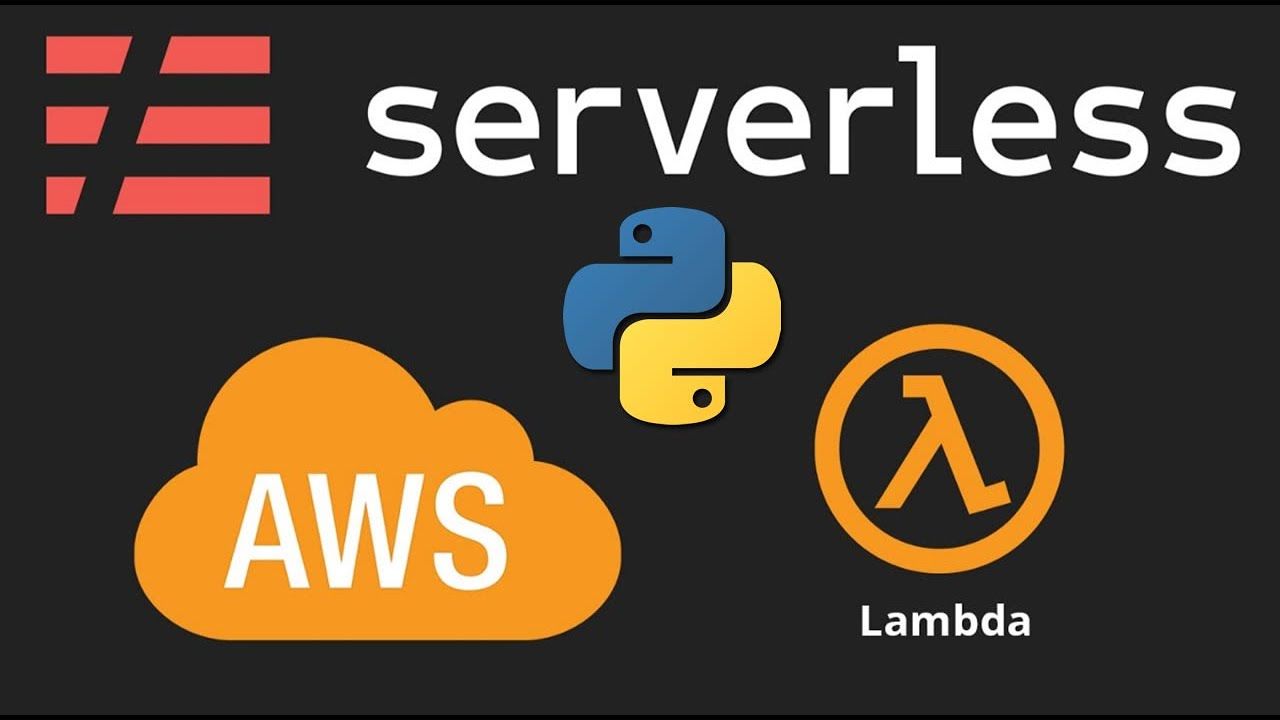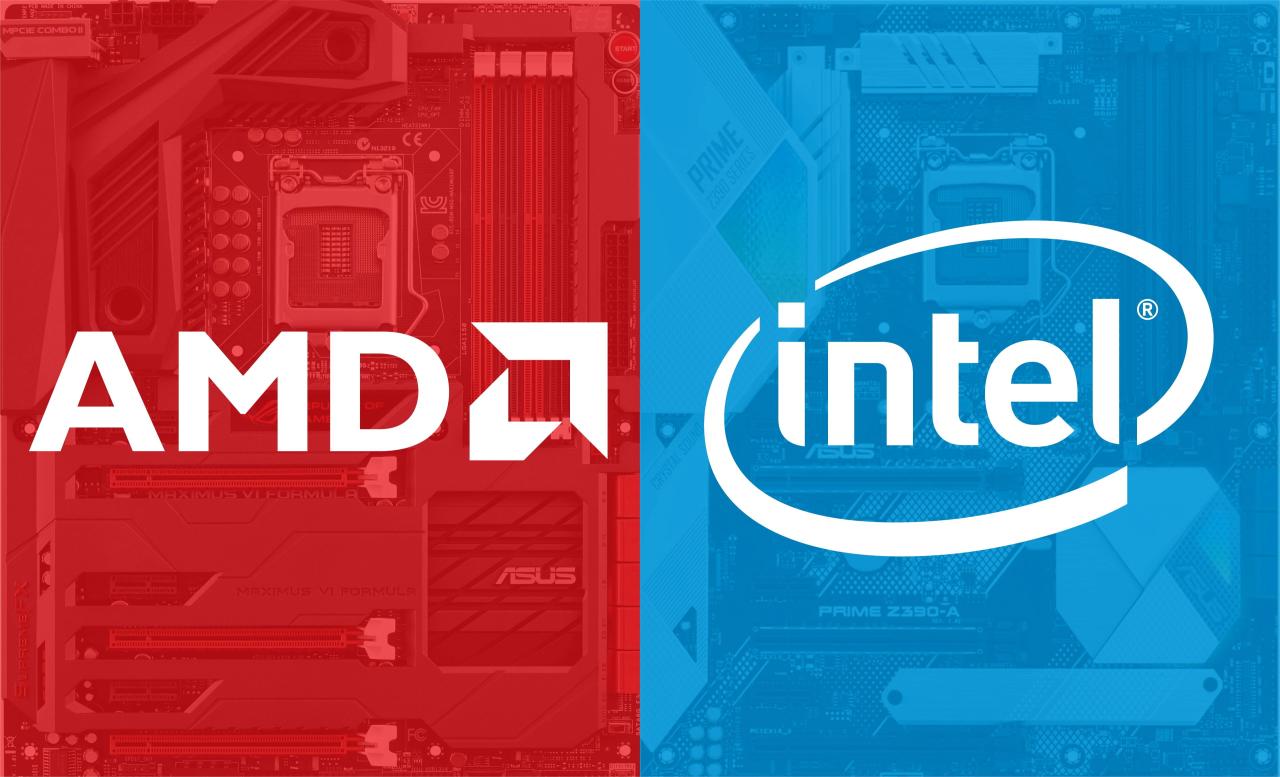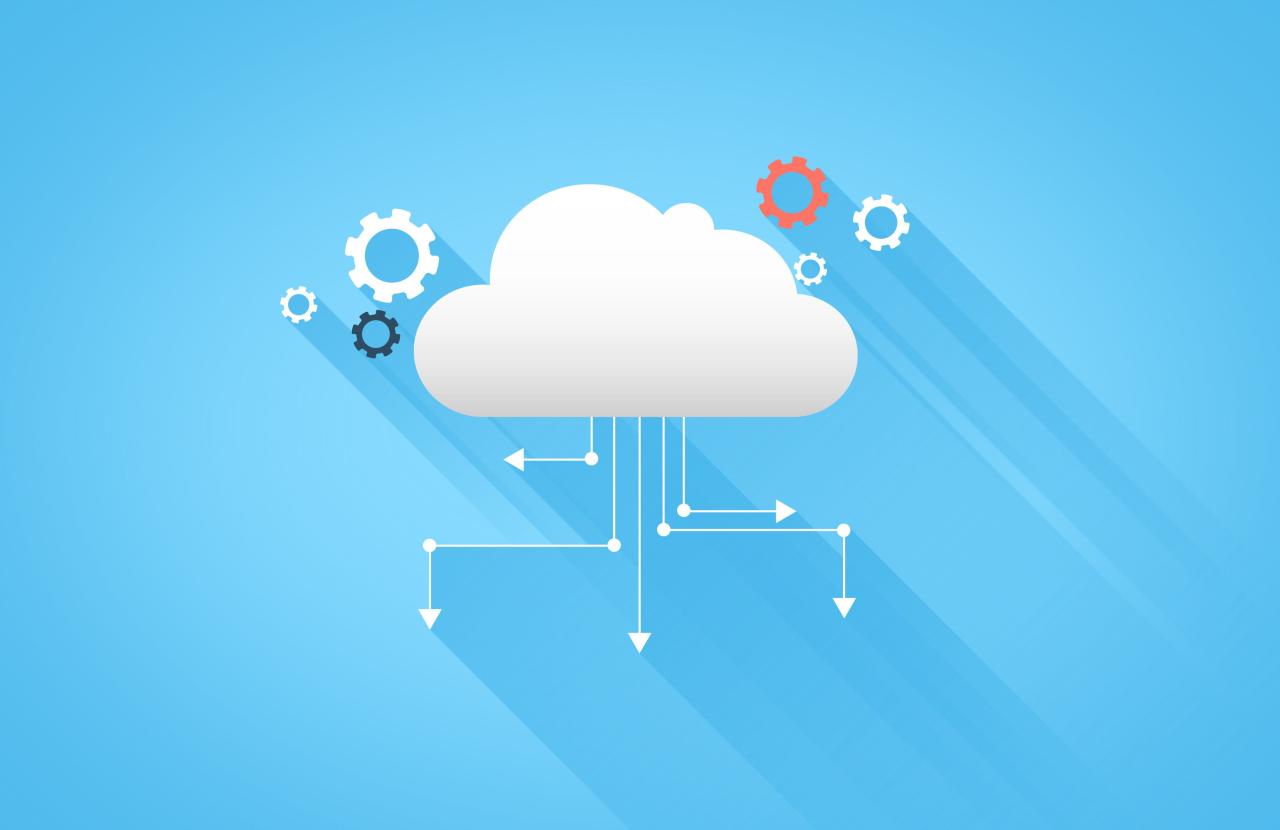Serverless computing has emerged as a transformative paradigm in modern software development, fundamentally altering how applications are designed, deployed, and managed. Far from implying the absence of servers, serverless architecture simply abstracts away the underlying infrastructure, allowing developers to focus exclusively on writing code without the complexities of server provisioning, scaling, or maintenance. This shift significantly boosts developer productivity, reduces operational overhead, and enables highly scalable and cost-effective solutions. The allure of serverless lies in its ‘pay-as-you-go’ model, where users are billed only for the compute resources consumed during code execution, rather than for idle server time.
The Evolution of Computing Paradigms
To fully appreciate the impact of serverless, it’s essential to understand its place in the historical evolution of computing infrastructure. Each phase brought new efficiencies and challenges:
A. On-Premises Servers
Historically, organizations managed their own physical servers on-site. This involved significant capital expenditure for hardware, real estate, and power, along with substantial operational costs for maintenance, security, and staffing. Scaling meant purchasing and configuring more hardware, a time-consuming and expensive process. Reliability depended heavily on in-house expertise and redundant systems, often leading to underutilized resources and high fixed costs regardless of actual demand. Managing hardware failures, cooling, and power redundancy added layers of complexity and required dedicated IT personnel.
B. Virtual Machines (VMs)
Virtualization revolutionized infrastructure by allowing multiple isolated virtual machines to run on a single physical server. This improved resource utilization and simplified disaster recovery through features like live migration. However, VMs still required management of operating systems, patching, and resource allocation. Developers had to provision VMs, install dependencies, and manage their lifecycle, which, while an improvement over bare metal, still retained considerable operational burden. Each VM carried the overhead of a full operating system, consuming memory and CPU even when idle.
C. Containers
Containers, epitomized by Docker, took virtualization a step further by packaging applications and their dependencies into lightweight, portable units. This ensured consistency across different environments (development, testing, production) and accelerated deployment. Orchestration tools like Kubernetes emerged to manage large-scale container deployments, providing automated scaling, self-healing capabilities, and simplified updates. Despite these advancements, managing the underlying container infrastructure – the host operating systems, Kubernetes clusters, and their networking – still required specialized knowledge and operational effort. Developers gained portability but still had to consider the runtime environment.
D. Platform as a Service (PaaS)
PaaS offerings, like Heroku or Google App Engine, provided a higher level of abstraction, allowing developers to deploy applications without managing the underlying operating system or server environment. PaaS providers handled infrastructure, middleware, and sometimes even development tools, streamlining the deployment process. While simpler, PaaS often came with vendor lock-in, less granular control over the infrastructure, and limitations on custom runtime environments, which could restrict certain architectural choices or require adherence to specific frameworks. Scaling was often handled automatically but might lack the extreme elasticity of serverless.
E. Serverless Computing (Functions as a Service – FaaS)
Serverless represents the pinnacle of abstraction. Here, developers write discrete functions that are triggered by events (e.g., an API request, a database change, a file upload). The cloud provider automatically scales these functions up or down from zero, handles all server management (including operating system, runtime, and patching), and only charges for the actual execution time. This profound shift liberates developers from infrastructure concerns, allowing them to innovate faster and focus on business logic. The FaaS model is particularly powerful for event-driven architectures, enabling highly reactive and decoupled systems.
Core Principles and Characteristics of Serverless
Serverless architecture operates on several foundational principles that distinguish it from traditional computing models:
A. Event-Driven Execution
Serverless functions are inherently reactive. They don’t run continuously but instead execute only when triggered by a specific event. These events can originate from a myriad of sources, including HTTP requests (for APIs), database modifications (e.g., new entries, updates, deletions), message queues (e.g., for asynchronous processing, like SQS or Kafka), file uploads to storage buckets (e.g., S3), scheduled cron jobs, or even IoT device telemetry. This event-driven nature makes serverless ideal for building highly responsive, scalable, and decoupled systems, where components interact indirectly through events rather than direct calls.
B. Automatic Scaling and Provisioning
One of the most compelling features of serverless is its inherent elasticity. Cloud providers automatically manage the scaling of functions based on demand, provisioning instances as needed. If a function experiences a sudden surge in traffic, the provider seamlessly provisions hundreds or thousands of instances to handle the load without any manual intervention from the developer or operations team. Conversely, when demand subsides, instances are automatically de-provisioned, optimizing resource usage and cost. This ‘auto-scaling’ capability eliminates the need for developers to anticipate traffic spikes, over-provision resources, or manage complex load balancing configurations.
C. No Server Management
The most defining characteristic of serverless is the complete abstraction of server management. Developers are absolved of tasks such as purchasing hardware, operating system patching, runtime environment installation and updates, security updates for the underlying infrastructure, capacity planning, load balancing, and network configuration. The cloud provider assumes full responsibility for the underlying infrastructure, including maintaining the compute resources, operating systems, and network components. This allows developers to allocate their time and expertise entirely to writing application code and improving user experience, rather than infrastructure upkeep.
D. ‘Pay-Per-Execution’ Billing Model
Unlike traditional models where users pay for provisioned server time regardless of usage (even when idle), serverless billing is granular and usage-based. Users are charged for the actual compute time consumed by their functions, typically measured in milliseconds, plus the number of invocations. This ‘pay-as-you-go’ model can lead to significant cost savings, especially for applications with fluctuating, unpredictable, or infrequent usage patterns, as there are no charges for idle resources. This financial efficiency makes serverless particularly attractive for startups and applications with variable workloads.
E. Statelessness (Typically)
While not an absolute rule, serverless functions are generally designed to be stateless. This means that each invocation of a function is independent and does not rely on the state from previous invocations. Any persistent data that needs to be retained across invocations must be stored externally in specialized databases (e.g., DynamoDB, Aurora Serverless, Cosmos DB), object storage (e.g., S3, Azure Blob Storage), or message queues. This stateless design enhances scalability, resilience, and horizontal scaling, as any instance of a function can handle any request without concern for maintaining session or application-specific state locally.
Use Cases and Applications of Serverless Architecture
Serverless computing is incredibly versatile and well-suited for a wide array of applications and workloads, proving its utility across various industries and business needs:
A. Web APIs and Backends
Building RESTful APIs and web backends is a primary use case for serverless. Functions can handle HTTP requests, interact with databases (both relational and NoSQL), integrate with third-party services, and return responses, forming the core backend logic for web, mobile, and single-page applications. This approach allows for rapid API development and deployment, with automatic scaling to handle varying loads from a few users to millions, making it ideal for microservices architectures.
B. Real-time Data Processing
Serverless functions excel at processing streams of data in real time. Examples include processing IoT sensor data (e.g., temperature, location from connected devices), ingesting and transforming log files for analytics, processing financial transactions, or reacting to data changes in message queues (like Kafka, Kinesis, or Azure Event Hubs). The event-driven nature ensures immediate processing upon data arrival, enabling real-time analytics and responsive system behavior.
C. File and Image Processing
Automating tasks triggered by file uploads is another strong suit. When a new image or video is uploaded to a storage bucket, a serverless function can be automatically triggered to resize it, compress it, add watermarks, extract metadata (e.g., EXIF data), or trigger further processing (like video transcoding). This is highly efficient for media-rich applications, content management systems, and e-commerce platforms, eliminating manual intervention and reducing processing time.
D. Chatbots and Virtual Assistants
The conversational nature of chatbots and virtual assistants aligns well with serverless. Functions can process user queries from messaging platforms (like Slack, Messenger, or custom interfaces), integrate with natural language processing (NLP) services (e.g., Amazon Lex, Google Dialogflow), interact with backend systems to fetch information, and provide dynamic responses. Their event-driven model ensures responsiveness and scalability for fluctuating user engagement, making them highly efficient for customer service and interactive applications.
E. ETL (Extract, Transform, Load) Processes
Serverless can be used to build efficient and scalable ETL pipelines. Functions can be triggered by new data arrival in a source system (e.g., a new CSV file in S3, an update in a database), perform various transformations (e.g., data cleansing, aggregation, format conversion), and then load the processed data into a data warehouse, analytics platform, or another destination. This provides a cost-effective and highly parallelizable alternative to traditional, continuously running ETL jobs or large batch processing frameworks.
F. Scheduled Tasks (Cron Jobs)
Replacing traditional cron jobs or scheduled scripts with serverless functions provides greater reliability, scalability, and easier management. Functions can be scheduled to run at specific intervals (e.g., hourly data synchronization, daily report generation, nightly batch processing, sending reminder emails), with the cloud provider managing the execution environment and ensuring the task runs without requiring a dedicated server instance.
G. IoT Backends
Serverless functions are exceptionally well-suited for handling the massive scale of data generated by IoT devices. Functions can ingest device telemetry from millions of sensors, process it in real-time, store it in appropriate databases, and trigger alerts or actions based on predefined rules or anomalies. The auto-scaling capabilities are crucial for managing unpredictable device activity and ensuring that data is processed efficiently even during peak loads.
Advantages of Embracing Serverless Architecture
Adopting serverless computing offers a multitude of benefits for organizations and developers alike, driving significant improvements in efficiency, cost, and agility:
A. Reduced Operational Costs
The ‘pay-per-execution’ billing model and the elimination of server management responsibilities lead to significant cost savings. Organizations no longer pay for idle server capacity, which is a common inefficiency in traditional hosting. Furthermore, the need for large, dedicated operations teams focused on infrastructure provisioning, maintenance, and patching is substantially reduced, allowing resources (both human and financial) to be reallocated to innovation and core business activities.
B. Enhanced Developer Productivity
By abstracting away infrastructure concerns, developers can concentrate solely on writing code that delivers business value. They don’t need to worry about provisioning servers, installing runtimes, managing patches, or configuring load balancers. This streamlines the development lifecycle, reduces context switching, and allows teams to deliver features faster, iterate more frequently, and accelerate product roadmaps. The focus shifts from ‘how to run the code’ to ‘what the code does.’
C. Infinite Scalability
Serverless platforms automatically handle scaling from zero (no instances running) to millions of concurrent requests without any manual intervention. This inherent elasticity ensures that applications can seamlessly accommodate sudden, unpredictable spikes in demand without performance degradation or downtime. This ‘burstability’ is a game-changer for applications with variable traffic patterns, providing an exceptional and consistent user experience even under extreme loads.
D. Faster Time-to-Market
The reduced operational overhead, simplified deployment process, and streamlined development workflow inherent in serverless computing enable faster deployment of new features and entire applications. This agility allows businesses to respond more quickly to market changes, experiment with new ideas (minimum viable products – MVPs), and gain a competitive edge by bringing innovations to users much quicker than traditional infrastructure models.
E. High Availability and Fault Tolerance
Cloud providers design their serverless platforms for inherent high availability and fault tolerance. Functions are typically distributed across multiple availability zones and often replicated across regions. This built-in redundancy ensures that applications remain accessible and operational even in the event of underlying infrastructure failures, offering a robust and reliable solution without requiring complex architectural design or manual failover mechanisms from the user.
F. Simplified Deployment and Management
Deploying serverless functions is typically a straightforward process, often involving uploading code and configuring event triggers. The cloud provider handles the complexities of deployment, versioning, rollback capabilities, and environment management. Tools like the Serverless Framework or AWS SAM further simplify the process, allowing developers to define their entire application stack in code, further simplifying operational burdens and enabling CI/CD pipelines.
Challenges and Considerations in Serverless Adoption
While serverless offers compelling advantages, it’s not a panacea. Organizations must be aware of potential challenges and make informed decisions to ensure a successful adoption:
A. Cold Starts
When a serverless function hasn’t been invoked for a period (e.g., minutes or hours), its container might be de-provisioned to save resources. The very first invocation after this period, known as a ‘cold start,’ incurs a slight delay as the cloud provider initializes the container, loads the function’s code, and sets up the runtime environment. For highly latency-sensitive applications (e.g., real-time user-facing APIs), this can be a concern, though providers are continuously working to minimize cold start times through various optimizations like provisioned concurrency.
B. Vendor Lock-in
Each major cloud provider has its own serverless implementation (e.g., AWS Lambda, Azure Functions, Google Cloud Functions), and the nuances of their APIs, event sources, tooling, and runtime environments can differ significantly. While the core FaaS concept is similar, migrating serverless applications between providers can therefore be challenging and time-consuming, leading to a degree of vendor lock-in. Adopting frameworks like the Serverless Framework can help mitigate this by providing a common abstraction layer, but true portability remains complex.
C. Debugging and Monitoring Complexity
Debugging distributed, event-driven serverless applications can be more complex than traditional monolithic applications running on a single server. Tracing requests across multiple functions, services, and asynchronous event streams requires robust logging, monitoring, and distributed tracing tools. While cloud providers offer these tools (e.g., CloudWatch, Azure Monitor, Stackdriver), integrating and making sense of the vast amount of data can be an initial hurdle, requiring a shift in debugging mindset.
D. Cost Management for Complex Applications
While the ‘pay-per-execution’ model is generally cost-effective, accurately estimating costs for highly complex serverless applications with numerous function invocations, interdependencies, and varying execution durations can be challenging. Unintended function triggers, infinite loops, or inefficient code can quickly accrue significant costs if not properly monitored, controlled with quotas, and managed through diligent cost analysis and optimization. Unexpected charges can occur if not carefully managed.
E. State Management
The inherently stateless nature of serverless functions necessitates external state management. This means developers must design their applications to store persistent data in separate, dedicated databases (e.g., DynamoDB, PostgreSQL, Cosmos DB), object storage (e.g., S3), or message queues. While promoting scalability and decoupling, it adds an architectural consideration that must be carefully planned and implemented to ensure data consistency and integrity across invocations.
F. Resource Limits
Serverless functions typically have configurable but finite limits on execution duration (e.g., 15 minutes for Lambda), available memory (e.g., up to 10GB for Lambda), and temporary disk space. While these limits are often generous for most event-driven microservice-style use cases, certain computationally intensive, long-running batch tasks, or large data processing jobs might not be suitable for a pure serverless approach and might require hybrid solutions involving containers or dedicated compute instances.
G. Cold Start Optimization Trade-offs
While continuous efforts are made to reduce cold starts, some applications might require specific strategies like ‘provisioned concurrency’ (where instances are kept warm) or ‘reserved instances’ offered by providers. These strategies, while mitigating cold starts, introduce additional costs and somewhat negate the pure ‘pay-per-execution’ model, making it a trade-off decision based on application requirements.
Best Practices for Serverless Development
To maximize the benefits of serverless and mitigate its challenges, consider these best practices that streamline development and ensure robust applications:
A. Keep Functions Small and Single-Purpose
Design functions to adhere to the single responsibility principle, performing one specific task. This promotes reusability, simplifies testing, improves maintainability, and often leads to faster execution. Smaller functions also tend to have faster cold start times and are easier to manage and deploy independently. This aligns perfectly with a microservices architectural style.
B. Optimize for Cold Starts
Minimize the number of dependencies and the size of your deployment package to reduce cold start times. Use efficient runtime languages (e.g., Node.js or Python often have faster cold starts than Java or C# due to smaller runtimes). Optimize initialization logic outside the main handler. For critical, latency-sensitive functions, consider ‘provisioned concurrency’ or ‘reserved instances’ if offered by your cloud provider, understanding the associated cost implications.
C. Implement Robust Logging and Monitoring
Leverage cloud provider logging services (e.g., CloudWatch Logs, Azure Monitor Logs, Google Cloud Logging) and integrate with external application performance monitoring (APM) tools. Comprehensive logging (structured logs!), distributed tracing, and metrics are crucial for understanding function behavior, debugging issues across multiple services, identifying bottlenecks, and optimizing performance. Centralized logging and observability are paramount in distributed serverless systems.
D. Manage State Externally
Always store persistent data in dedicated databases (e.g., DynamoDB for NoSQL, Aurora Serverless for relational, Cosmos DB), external caches (e.g., Redis), or object storage (e.g., S3, Azure Blob Storage). Avoid relying on local file systems or in-memory state within the function, as these are ephemeral and cannot be relied upon across multiple invocations or instances. Design for statelessness to achieve maximum scalability and resilience.
E. Use Infrastructure as Code (IaC)
Define your serverless functions, event triggers, permissions, and all related resources using IaC tools like AWS SAM, Serverless Framework, Terraform, or Azure Bicep/ARM templates. This ensures consistent deployments, enables version control for your infrastructure, simplifies environment replication (e.g., dev, staging, prod), and facilitates automated provisioning and updates within your CI/CD pipelines.
F. Implement Security Best Practices
Apply the principle of least privilege to function permissions. Grant functions only the minimum necessary access to other services (e.g., specific S3 buckets, specific DynamoDB tables). Use environment variables or secret management services (e.g., AWS Secrets Manager, Azure Key Vault) for sensitive data, and ensure data is encrypted at rest and in transit. Regularly review security configurations and adhere to compliance requirements.
G. Design for Idempotency
Since serverless functions can be retried (e.g., due to network issues, service failures, or explicit retries in queues), design them to be idempotent. This means that executing the same function multiple times with the same input should produce the exact same result and not cause unintended side effects (e.g., double-billing, duplicate data entries). Implement mechanisms like unique transaction IDs or conditional updates to ensure idempotency.
H. Test Thoroughly
Implement comprehensive unit, integration, and end-to-end tests for your serverless functions. Unit testing functions in isolation is relatively straightforward. However, ensure robust integration testing of the entire event chain and service integrations (e.g., testing that a file upload correctly triggers a function which updates a database). Use local emulation tools where possible, but always test in a cloud environment for true behavioral validation.
The Future of Serverless
The serverless ecosystem is continuously evolving, driven by rapid innovation from cloud providers and increasing enterprise adoption. We can anticipate several key trends that will shape its future:
A. Expansion of Use Cases
As platforms mature, cold start issues diminish, and resource limits expand, serverless will likely expand into even more latency-sensitive applications (e.g., real-time gaming backends) and long-running batch processing scenarios, potentially blurring the lines with traditional container-based compute models. We may see serverless become the default choice for a broader range of workloads.
B. Hybrid and Multi-Cloud Serverless
Efforts to standardize serverless interfaces (e.g., CloudEvents specification) and enable hybrid cloud deployments will likely increase, offering greater flexibility and reducing vendor lock-in concerns. This could involve serverless runtimes that can be deployed on-premises or across different cloud providers, allowing organizations to leverage their existing infrastructure investments while gaining serverless benefits.
C. Enhanced Development and Debugging Tools
Expect more sophisticated IDE integrations, improved local development environments that better mimic cloud execution, and advanced debugging and observability tools specifically tailored for distributed serverless architectures. These advancements will further simplify the serverless developer experience, making it easier to build, test, and troubleshoot complex applications.
D. Increased Adoption in Enterprise
As the benefits become clearer, the technology matures, and best practices are established, more large enterprises will likely adopt serverless for mission-critical applications, moving beyond initial experimental projects. The promise of reduced operational costs, increased agility, and inherent scalability is too compelling for large organizations to ignore.
E. Convergence with Edge Computing
The synergy between serverless and edge computing will become more pronounced. Deploying serverless functions closer to data sources at the edge (e.g., IoT devices, mobile users) can further reduce latency, optimize bandwidth usage, and enable faster responses for distributed applications. This is particularly relevant for scenarios requiring instant feedback and processing at the source of data generation.
F. Specialized Serverless Offerings
Cloud providers may introduce more specialized serverless offerings tailored for specific domains or workloads, such as serverless databases, serverless data warehouses, or serverless AI/ML inference endpoints. This vertical integration will further simplify building end-to-end serverless solutions.
Conclusion
Serverless architecture represents a significant leap forward in cloud computing, offering unparalleled benefits in terms of cost efficiency, scalability, and developer productivity. By abstracting away the complexities of infrastructure management, it empowers developers to focus on what truly matters: building innovative applications that deliver business value. While challenges such as cold starts and debugging complexity exist, ongoing advancements in the serverless ecosystem, coupled with adherence to best practices, are continuously mitigating these concerns. As organizations increasingly seek agility and cost optimization in a rapidly evolving digital landscape, serverless computing is poised to become an even more dominant force in the architecture of modern software development, driving the next wave of digital transformation and enabling a future where applications are truly liberated from the underlying infrastructure. Embracing serverless is not just about technology; it’s about a fundamental shift in how businesses build and operate their digital services, prioritizing speed, flexibility, and efficiency.















